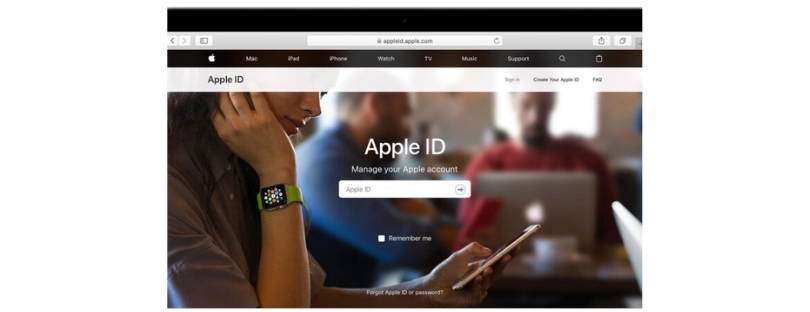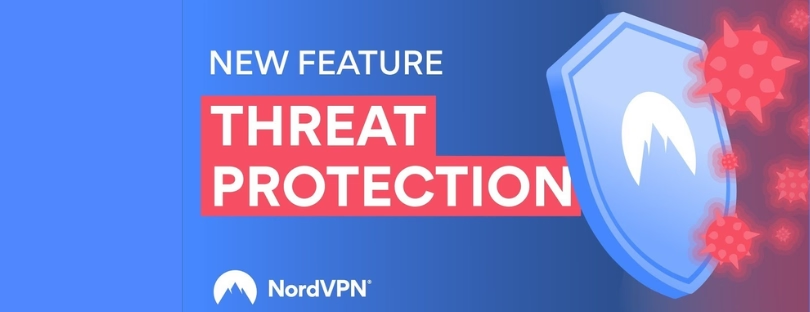
Can Parents Check The Contents Of Their Child’s Phone Without Permission?
The moral right to inspect the contents of one’s own child’s phone divides the opinions of Finnish parents, according to the School Survey 2023 commissioned by DNA. Four out of five parents of a child between the ages of 5 and 12 consider it at least somewhat acceptable to inspect the contents of a child’s phone, even without the child’s permission, even though according to the constitution, even the child has the right to privacy of communications. At the same time, however, it is increasingly important for parents to respect their child’s privacy online. According to Sami Aaviko, CEO of DNA Kaupa, the solution lies in proactively preventing exposure to harmful content with information security measures. childrens phone privacy
Almost half (47%) of the parents of children aged 5-12 who responded to the school survey completely agree and 80% at least somewhat agree that they have the right and duty to check the contents of their child’s phone, even without the child’s permission. Only 3 percent of them completely disagree with the fact that a child’s phone should be accessed with their own permission. Only 22 percent of parents of children aged 13–16 completely agree with the statement and 40 percent somewhat agree.
According to the study, parents of children between the ages of 5 and 12 want to know what the child posts on social media (80% agree), as well as which chat groups the child is a part of and what kind of discussions are held in them (83% agree). The background seems to be a concern that the child will be exposed to harmful sites or contacts, for example about sex, violence or drugs. Almost two-thirds of parents of children aged 5–12 consider these to be risks.
Communication secrecy is preserved with the help of information security
According to DNA’s Aaviko, the risks are real and the concern is therefore understandable. However, according to the constitution, the protection of confidential communication and the secrecy of communication also belong to the child.
“You should discuss the different rules of the game with your child even before purchasing a phone. How do you act if a parent is concerned about the content the child spends time on, and how should the child act if a stranger approaches them online? There are many ways to take care of the child’s well-being and dispel legitimate fears. One of the most effective solutions is to make the child’s digital environment safer with proactive information security measures,” says Aavikko.
“By taking care of the information security of the child’s smart device, for example with the help of a separate comprehensive service, there is no need for the parent to break the confidentiality of communications. According to research, more and more parents of 5-12-year-old children have found a solution precisely by defining certain applications and websites as prohibited on the child’s smart device. In families with children, this is one of the most implemented features in the last four years, along with tracking the location of the child’s phone,” he continues.
The desire to respect privacy is strong childrens phone privacy
Although most parents are tempted to look at the content of their child’s smart device, the majority of them seem to have a principled will to respect the child’s right to privacy online. According to the survey, 80 percent of parents of children aged 13–16 say that they feel it is important, and the share has increased by eight percentage points since last year. About two out of three (65%) parents of children between the ages of 5 and 12 consider it important to respect privacy, i.e. six percentage points more than a year ago.
“The results show that, in terms of values, parents want to respect their child’s privacy. However, it seems that in everyday practice, many parents, especially parents of elementary school-aged children, want to get to know the contents of the phone in more detail. The situation is certainly not easy for the parents either, who on the one hand would like to be worthy of the child’s trust, but on the other hand, are struggling with concerns related to the child’s well-being and safety,” says Aavikko.
“Taking care of appropriate information security already goes a long way. When the zone of danger is narrowed with precisely defined blocks and restrictions even before the introduction of the smart device, then even the parent can be even more sure that harmful contents or contacts will not reach the child. For example, with the help of DNA Digiturva, it is possible to combat various information security threats comprehensively and protect devices, personal data and internet access easily with one service. It’s also not appropriate to forget the most important thing: an open and constructive conversation with the child about why this is done,” says Aavikko.
Bark Parental Controls is a comprehensive solution for parents who want to ensure their child’s online safety. It offers a wide range of features, including content filtering, screen time management, and social media monitoring. With Bark, parents can keep track of their child’s online activities and receive alerts if any potential issues arise. This tool is an excellent way to empower parents to protect their children while still allowing them to explore the digital world safely.
DNA’s annual survey of schoolchildren examines the factors related to the use and purchase of telephones by school-aged children and adolescents. The research has been carried out for more than ten years. The target group of the school survey is primarily the parents of children aged 5–12 and secondarily 13–16. The study was carried out by Nepa Insight Oy. This year, a total of 1,009 parents/guardians of children between the ages of 5 and 16 participated. Data collection took place in February 2023 in Nepa’s online panel. childrens phone privacy








